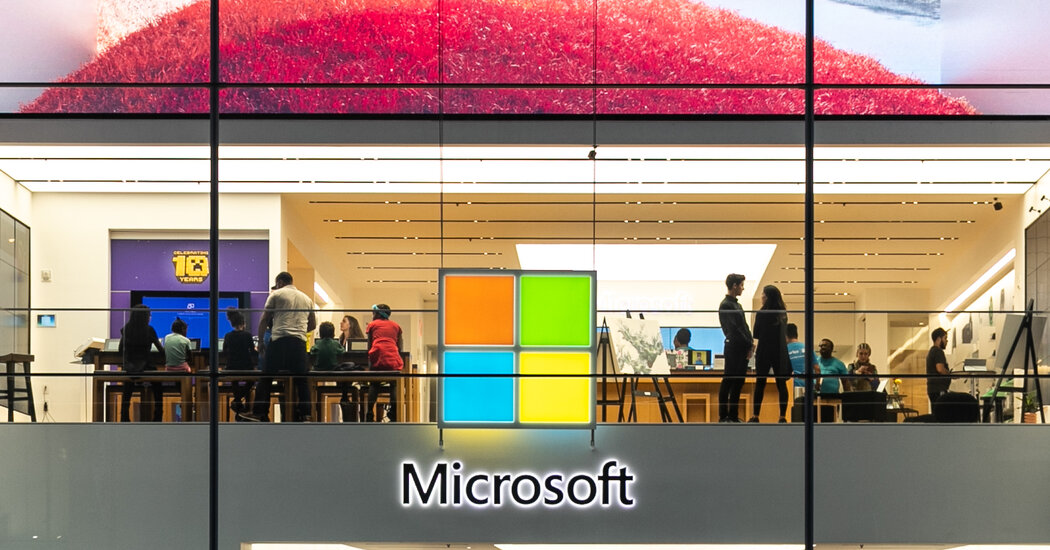SEATTLE — Uncertainty and challenges in the global economy have hit Microsoft, which on Tuesday reported quarterly results that fell short of Wall Street’s and its own expectations.
The tech giant said it had revenue of $51.9 billion in the quarter ended June 30, up 12 percent from a year earlier. Profits rose 2 percent to $16.7 billion.
The results even missed Microsoft’s own lower expectations. In early June, the company lowered its outlook for the quarter to take into account the strengthening US dollar.
“We’re obviously incredibly optimistic about just about everything else we have,” said Chris Capossela, the company’s chief of marketing, after the revised guidelines were released. “That’s something we have no control over.”
Since then, conditions appear to have deteriorated further. Currency challenges from the war in Ukraine and broader economic uncertainty cost Microsoft $595 million in the quarter as it reverted sales in Europe, Japan and elsewhere to US dollars. And China’s production delays of personal computers and declining consumer demand caused a more than $300 million drop in sales of the Windows operating system preinstalled on new computers.
A slowdown in ad spend on LinkedIn and on Microsoft’s search products caused a drop in revenue of more than $100 million.
Without currency issues, Azure, Microsoft’s flagship cloud computing platform, would have grown by 46 percent. Instead, it grew 40 percent, less than investors expected. Without the strengthening dollar, the company’s two main businesses, which it calls Productivity and Business Processes, and Intelligent Cloud, would have met initial guidelines it gave investors in April.
“Commercial demand generally felt pretty healthy,” Brett Iversen, Microsoft’s chief of investor relations, said in an interview Tuesday. “The long-term thesis of people looking to move to the cloud to digitize their business, do more, or save money – all of that still feels intact.”
He said this was reflected in strong long-term booking commitments, including a record number of Azure deals worth more than $1 billion.
Total revenue for Microsoft’s commercial cloud computing offering, which also includes Office 365 subscriptions, increased 28 percent to $25 billion.
“We see real opportunities to help every customer in every industry use digital technology to overcome today’s challenges and emerge stronger,” said Satya Nadella, the company’s CEO, in a statement.
Microsoft’s personal computing business grew 2 percent to $14.4 billion, trailed by the 2 percent drop in sales of the Windows operating system preinstalled on PCs. Investors were prepared to see some weakness as PC shipments have declined amid weakened demand and supply chain problems caused by the coronavirus lockdown in China.
Xbox content and services revenues fell 6 percent as consumers spent less time playing video games.
As unemployment remains near its lowest level in 50 years, LinkedIn, the professional social network that Microsoft bought in 2016, grew 26 percent, down from 34 percent in the previous quarter.
The company said it had $126 million in costs related to winding down its operations in Russia, and an additional $113 million in costs to pay severance payments to laid-off workers.
Mr Iversen said the layoffs were for “a small number of positions” and the company expected to increase its workforce in the new fiscal year, which began July 1.

